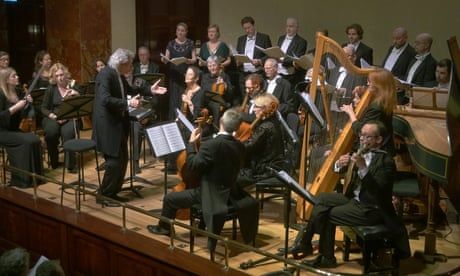
Wigmore Hall, London
Rollicking orchestral hornpipes and vigorous trumpet tunes accompany a sterling vocal cast for Purcell’s final – and unfinished – semi-opera
The Indian Queen is the ugly duckling among Henry Purcell’s semi-operas. Ill health prevented him from conjuring music for more than three of its five acts, while his death soon after the premiere meant his brother, Daniel, was called in to enliven the ending with a nuptial knees-up entitled The Masque of Hymen. Nevertheless, the work contains a great deal of fine music, as Harry Christophers and the Sixteen demonstrated in a spirited evening that included Daniel’s aforementioned finale and one of his brother’s imaginative, though lyrically fawning Royal Welcome Songs.
Purcell’s final operatic entertainment is a convoluted tale of Aztecs versus Incas. Zempoalla, the Indian Queen of the title, has bumped off her brother in order to rule over Mexico where she falls for the young general Montezuma, not realising he is the disguised heir to the throne and her nephew to boot. Creaky plot aside, the quality of Purcellian invention is readily apparent in rollicking orchestral hornpipes and vigorous trumpet tunes, all delivered with crisp precision by the 18-or-so musicians crammed on to the Wigmore Hall stage. It also contains two of Purcell’s greatest hits: the maleficent You Twice Ten Hundred Deities with its croaking toads and crested adders, and the florid soprano aria, I Attempt from Love’s Sickness to Fly.
Continue reading...